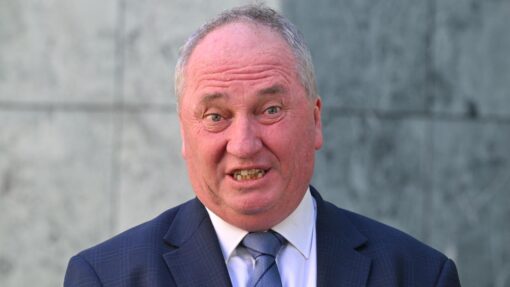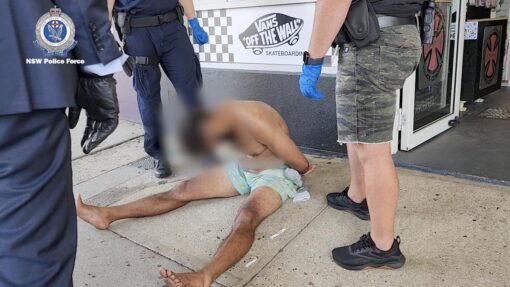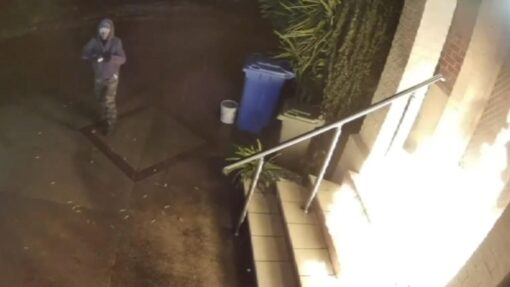Dawson argues murder case ‘nonsensical’
Miklos Bolza |
Allegations Christopher Michael Dawson executed the perfect crime in killing his wife without a trace while leaving all her belongings at home have been criticised as nonsensical.
At Dawson’s murder trial on Wednesday, barrister Pauline David said it would have been extraordinary if her client planned to kill Lynette Dawson and dispose of her body while forgetting to at least pack a suitcase of her clothes to make it look like she had left.
“If he has the capacity to not only kill her … and dispose of the body in a very short period of time, it seems nonsensical that one would leave all her clothes intact,” Ms David told the NSW Supreme Court.
There was not a skerrick of scientific or forensic evidence to suggest Dawson had killed his wife as alleged, the barrister said.
Not only would he have had to kill his wife while his children were at home on the night of January 8, 1982, Ms David argued he would have then raised alarm bells about the disappearance the following day while her body remained at the house and then disposed of it without being seen.
After Justice Harrison pointed out that Dawson was a former athlete and that the house was more or less vacant, Ms David said he did not have the social wherewithal to know how to get rid of a body.
Dawson, now 73, was an honest man who had kept his wife’s belongings in their Bayview, Sydney home exactly as she had left them when she walked out in January 1982, the court heard.
Dawson is accused of murdering his wife because she was an obstacle to his relationship with his then teenage lover and babysitter, known as JC.
Mrs Dawson abandoned the home as a woman scorned but left her two daughters with her husband, knowing they would be taken care of by a loving father in a good home, Ms David told the court.
Mrs Dawson was alive until at least 1984 when a final sighting of her working as a nurse at Rockcastle Hospital in Curl Curl, Sydney was made by former neighbours Jill and Peter Breese, Ms David said.
Justice Ian Harrison questioned her about this alleged sighting, asking why Mrs Dawson would take up work at a hospital a “stone’s throw” from where she previously lived.
“It is a curious thing for someone with her putative desire to stay away from everyone to expose herself to an employment position in the very area where she’s most likely to be identified,” the judge said.
Ms David argued that Mrs Dawson could have been there in a temporary role as an agency nurse and that she may have thought the chances of meeting anyone she knew there were low.
Claims by Dawson’s brother-in-law Ross Hutcheon that he had spotted Mrs Dawson near Gladesville Hospital in 1982 were also questioned by Justice Harrison.
He pointed out that Lynette Hutcheon did not mention the claimed sighting to Dawson in an intercepted phone call made after she and her husband were first interviewed by police in 1999.
“How could a relative of the deceased not appreciate the significance of a sighting showing (Mrs Dawson) to be alive in an investigation or discussion with detectives who are trying to find out what happened to her?” the judge asked.
Ms David attacked the police’s credibility, saying they ignored reports of alleged sightings of Mrs Dawson after January 1982.
She claimed former detective Damian Loone deliberately misled the investigation and lied to a 2003 inquest because of his fixed view Mrs Dawson had been murdered.
Justice Harrison also grappled with the fact that only one person had emerged with a sighting of Mrs Dawson in recent years despite an avalanche of publicity about the case.
Ms David submitted that certain people may not have been interested in true crime stories and that Mrs Dawson would now look very different if she was still alive as a 72-year old woman.
The trial continues on Thursday.
AAP


